Low-alcohol wines that offer great taste without the headache
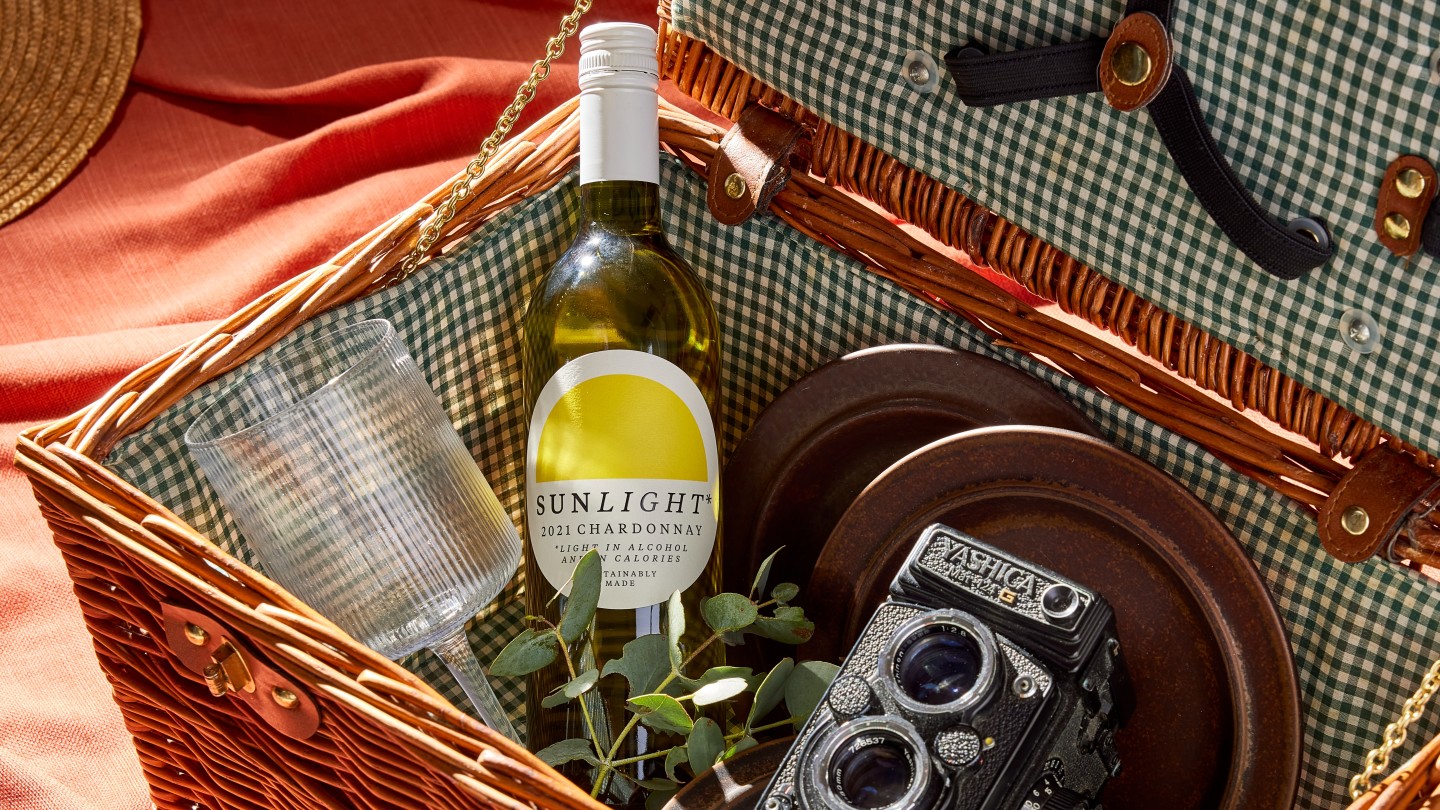
Roula Khalaf, Editor of the FT, selects her favourite stories in this weekly newsletter.
I used to scoff at the idea of low-alcohol wines. If I can’t drink the proper stuff, I’d say, I’d rather not drink at all. But worsening hangovers – particularly after wine – have forced me to roll back a little. That percentage on the label is no longer just a technical question – it’s increasingly one of survival.
There are, of course, some styles that are naturally low in strength – some German Rieslings, for example, are just 8 per cent abv (but as a consequence they tend to be quite sweet). Most wines are somewhere between 11 per cent and 14 per cent abv.
Lately, some wine producers have been attempting to chip away at that number, resulting in the emergence of a new category of “mid-strength” or “session wines” in the 3.5 per cent to 9 per cent abv range.
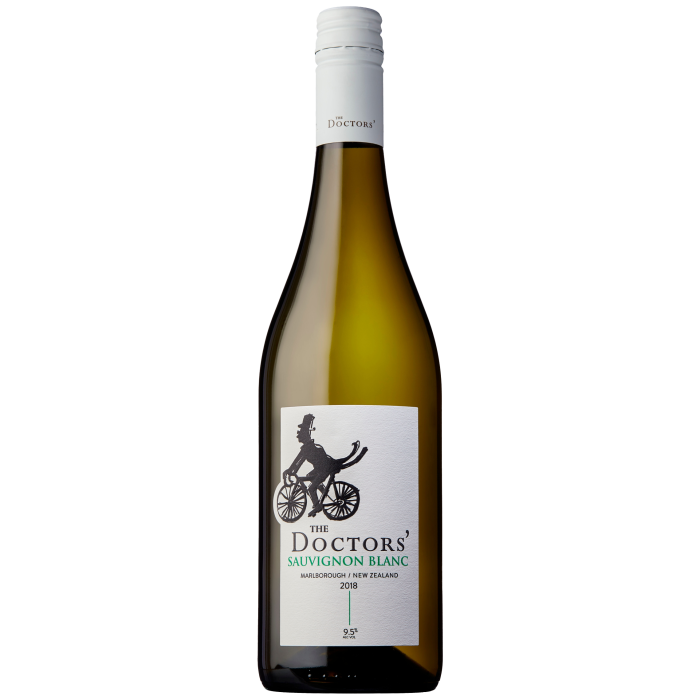
The Doctors’ Sauvignon Blanc, 2018, £9.99, waitrose.com
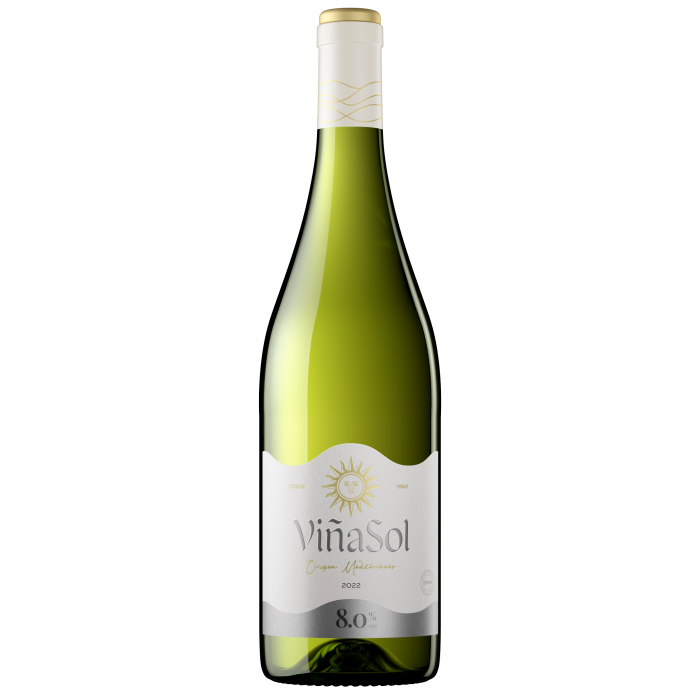
Torres Vina Sol, £7 for 75cl, sainsburys.co.uk
Alcohol helps promote flavour and mouthfeel – without it a drink can taste thin and bland. So creating a nice-tasting, mid-strength version is a challenge. But the brewers have done it – the market is now full of excellent no- and low-strength beers. And the wine industry is now playing catch up.
The New Zealand brand The Doctors’ does it the natural way, by tweaking the way the grapes are ripened and the wine fermented. The result is a decent 9 per cent abv Riesling (£11.99 for 75cl, majestic.co.uk) and rather nettly 9.5 per cent abv Sauvignon Blanc (£9.99 for 75cl, waitrose.com) – the latter is a particular breakthrough as a low-strength Sauvignon is hard to pull off.
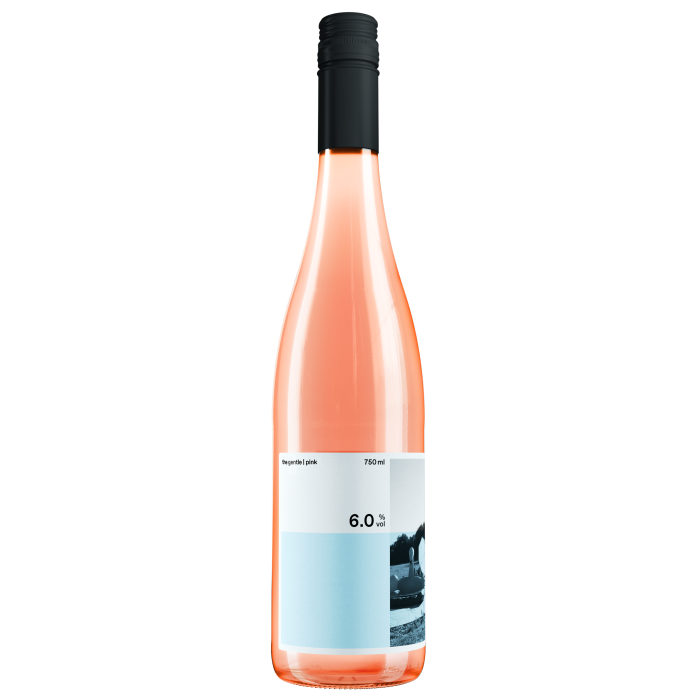
The Gentle Pink, £9.99, drydrinker.com
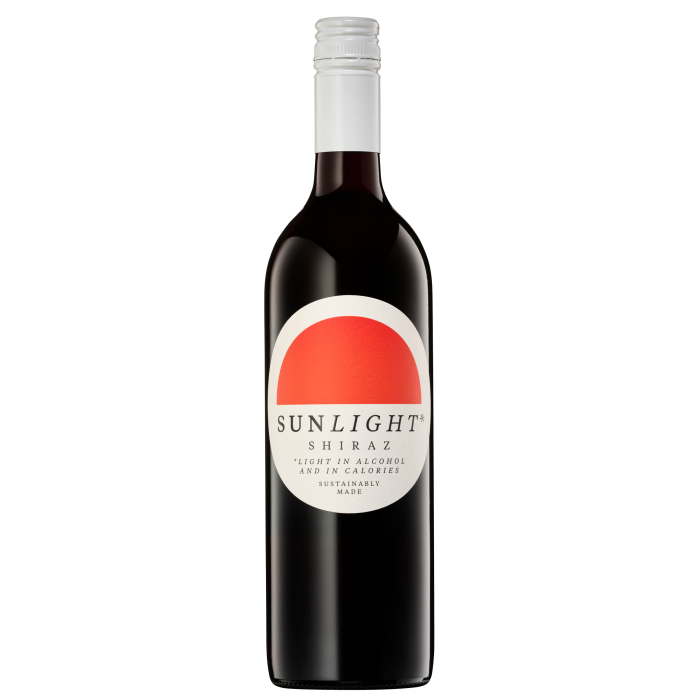
Oxford Landing Sunlight Shiraz, £7, sainsburys.co.uk
The other, more common, way of doing it is to create a full-strength wine and then lightly de-alcoholise it (this can be done using a number of techniques including the “spinning cone” method and reverse osmosis). Oxford Landing’s new 7-8 per cent abv Sunlight range and Torres Vina Sol (8 per cent abv, £7 for 75cl, sainsburys.co.uk) are both made this way. So, too, is Sevenly, the new 7 per cent abv range from Sarah Jessica Parker’s Kiwi wine label Invivo X, SJP (Sauvignon Blanc and Rosé, both £8 for 75cl, sainsburys.co.uk). The best of this rather lily-livered bunch, in my opinion, is Oxford Landing’s 7 per cent abv Sunlight Chardonnay (7 per cent abv, £7 for 75cl, sainsburys.co.uk) – fresh and lightly fruity, though rather thin, like a flat white-wine spritzer.
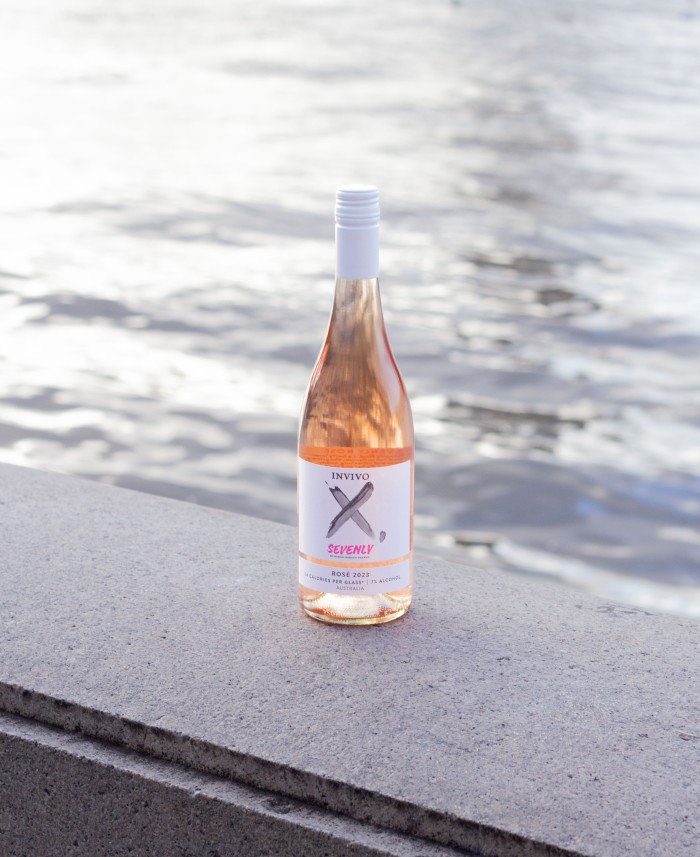
But I have been really impressed by The Gentle, a new 6 per cent abv wine brand from Germany, which I discovered through the no-and-lo drinks specialist drydrinker.com. This cool-looking collection of four wines – a white, red, sparkling and rosé – is made by blending full-strength and de-alcoholised wines sourced from two family-owned wineries: Wasem in Rheinhessen, Frankfurt, and Bodega Más que Vinos in Spain. The citrussy, slightly tropical white, based on Sauvignon Blanc, and the raspberry-like rosé, based on the grape blauer portugieser, are the standouts (both €8.49) – with a good concentration of flavour and nice body, they are a pleasure to drink.
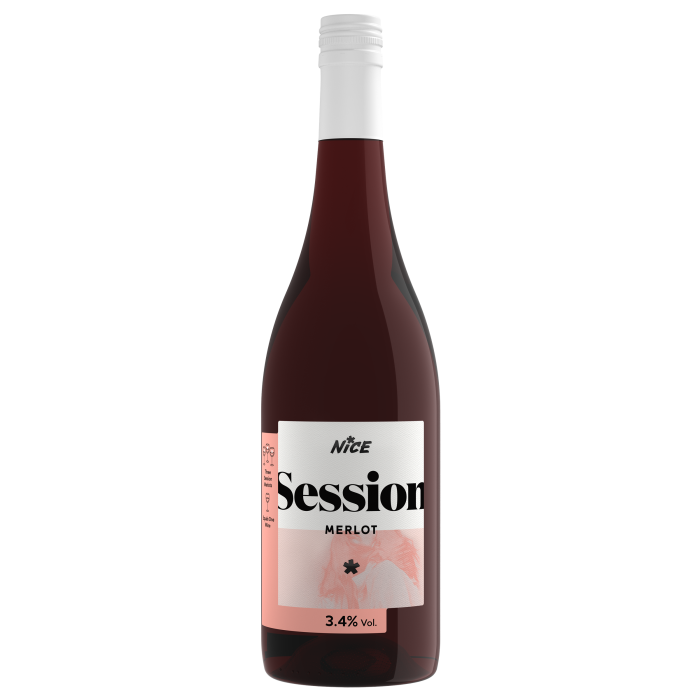
Nice Session Merlot, £10, nice-drinks.co.uk
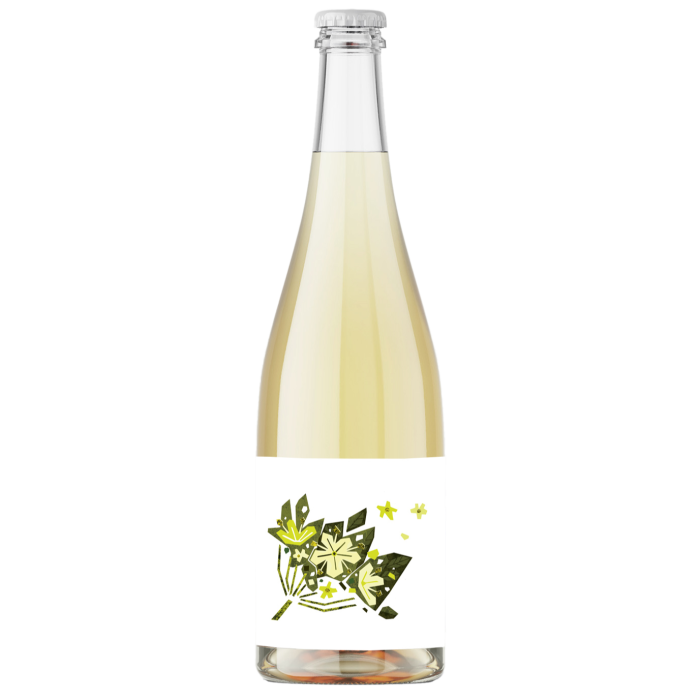
Pure Joy Elderflower Sparkling, £18, newcomerwines.com
The Gentle’s founders Moritz Zyrewitz and Stefan Canditt have a background in developing non-alcoholic wines (“Like every good story, ours begins with a massive headache,” they say cheerfully). They felt mid-strength wine offered the opportunity to create something more interesting. They acknowledge there’s still room for improvement. “We have already achieved a lot, but we are not satisfied with that,” says Zyrewitz. “We’re testing different ways of dealcoholisation – vacuum versus membrane – against harvesting and fermentation methods but plan to go deeper.”
Sainsbury’s has been an early adopter of the mid-strength trend, and now lists ten such wines. “Our data suggests customers aged 55-plus and young adults are driving demand,” says head of wine buying, Georgina Haughton, “with ‘boomers’ buying into the range due to moderation and health benefits, whilst younger customers are looking for something new and different. […] We’re really encouraged by the initial performance and have plans to expand this over the coming months.”
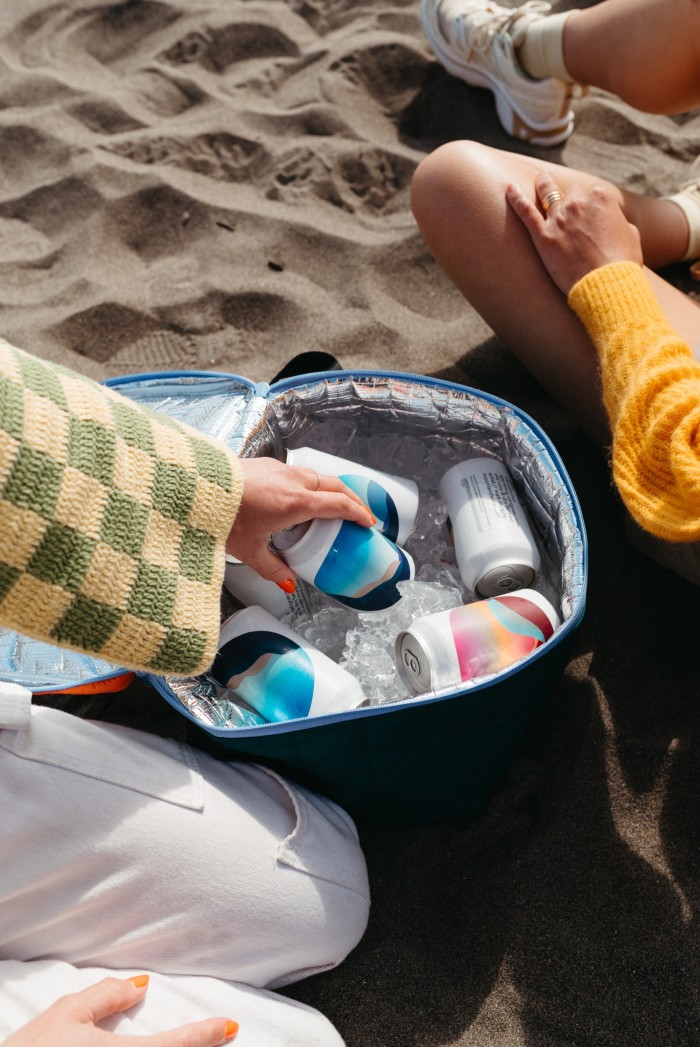
Even lower in strength are Nice’s new “Session Wines” (£10/75cl, nice-drinks.co.uk) which clock in at just 3.4 per cent abv. They’re wine-based blends, strictly speaking, made by combining wine, de-alcoholised wine and a blend of natural flavours, but they have a wine-like tannin and acidity – I thought the Merlot was quite nice, with a pomegranate, blood orange and cherry juiciness. (The price, though, is punchy considering that, by sneaking in under the 3.5 per cent abv threshold, they are paying 67 per cent less duty than they would if the wine were full-strength).
A more wholesome variation are “co-ferment” wines, which see grapes co-fermented with other fruits, hops and botanicals to create low-strength aperitifs that have become increasingly trendy in low-intervention and natural wine circles. Examples include Julie Hoch’s Pure Joy (from £18, newcomerwines.com), a range of 5.5 per cent abv co-ferments made with grapes and plants including elderflower, lavender and herbs from her biodynamic estate in Austria. Another is Moonland, an experimental range of 9 per cent abv canned sparkling “fruit wines” from Californian natural winemaker Vinca Minor (from $9, moonlandwine.com).
One could just drink less of course – but this doesn’t always work, in practice. How many of us would be content to nurse a thimble of 15 per cent abv Argentinian merlot, I wonder, if we were down the pub or at a party? The way I look at mid-strength wines is a bit like the way I look at Coke Zero – not a patch on the real thing, but good to have in the repertoire.
Comments